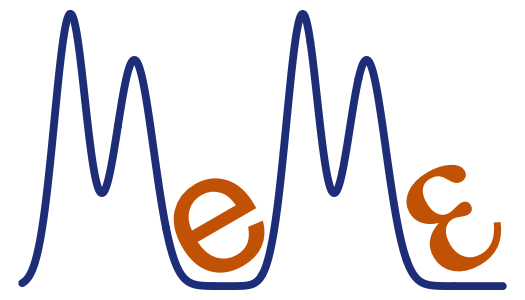In SheffieldMeme we try to understand the dynamics of marine biodiversity in space and time. To do this, we use data from a wide range of marine ecosystems and employ the computational methods of macroecology to document how diversity is distributed in space (as well as to identify gaps in current spatial coverage of marine biodiversity datasets). We are also interested in how these macroecological patterns have changed through time, as a result of both natural environmental variation and of human activities. We like to use history as a guide to what has changed in the global oceans, and how they may change under continued global change. We are interested in all animal taxa, with occasional forays into other Kingdoms too. We have particular expertise in global-scale patterns, and in the biodiversity of UK seas.
For more information, see our Research Page.
What We've discovered
- Marine species may be at equal risk of extinction as non-marine species. Read more >
- There are large spatial and taxonomic biases in our knowledge of marine biodiversity. Read more >
- Using information on individual body size helps us to understand how deep sea fish assemblages change with depth. Read more >
- The way in which fish communities in the North Sea have changed over time depends on both climate and fishing, to different extents in different areas. Read more >
- Fishermen's Local Ecological Knowledge of fishery status is subject to the Shifting Baseline syndrome - their perspectives on stock changes are dependent on the length of time they have fished. Read more >
- Deep sea woodfall communities display classic macroecological Abundance-Occupancy Relationships. Read more >

